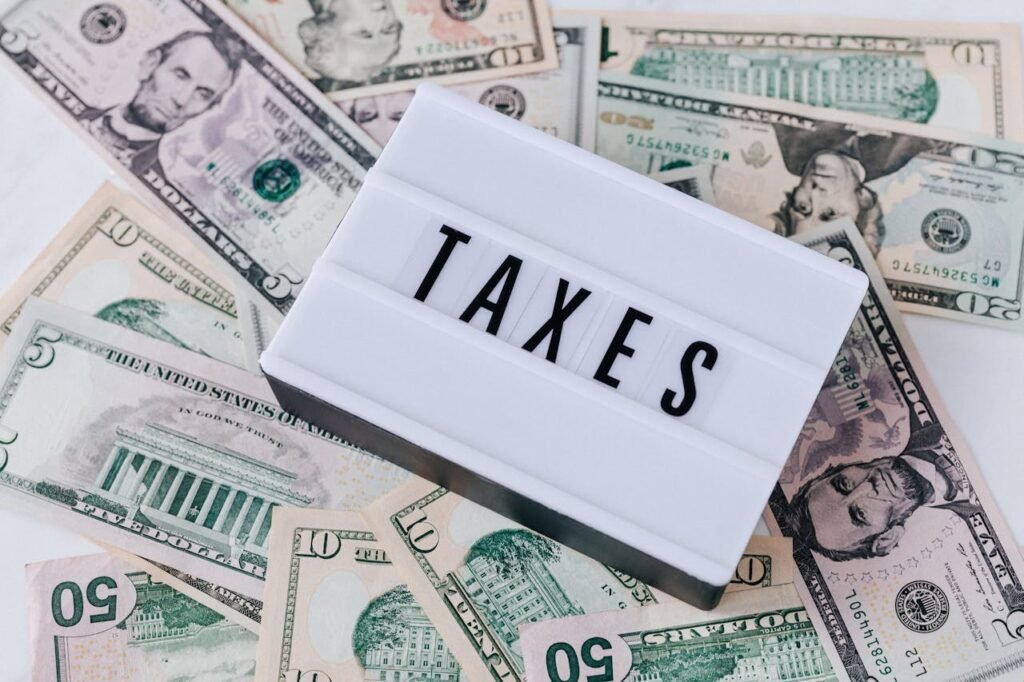Small business owners across America work hard every day, pouring their hearts into their shops, restaurants, and startups. Imagine a local bakery owner who’s struggling with rising costs but manages to hire new staff and buy a new oven thanks to lower taxes. This is the power of tax cuts for small businesses, and it is now at the center of a major policy shift in Washington. On May 1, 2025, the White House rejected requests for tariff relief and instead pledged meaningful support for small businesses through tax cuts. These tax cuts are being presented as a faster and broader solution than temporary exemptions or ongoing trade negotiations.
The White House Chooses Tax Cuts Over Tariff Exemptions
The U.S. Chamber of Commerce appealed to the White House, asking for tariff exemptions for small companies that rely on goods not made in the United States. Their argument centered on the rising costs and supply chain disruptions caused by tariffs. The Chamber urged the administration to consider short-term relief, especially for companies that are facing immediate financial pressure.
Stephen Miller, White House deputy chief of staff for policy, responded by emphasizing a different solution. “The relief for small businesses is going to come in the form of the largest tax cut in American history,” Miller stated. When asked whether this meant no tariff exemptions, he replied, “It’s a yes on tax relief for small businesses.” The administration believes that lowering taxes across the board offers more reliable and lasting benefits for business owners.

How Tax Cuts for Small Businesses Provide Stability
Small businesses have been especially vulnerable to the challenges of inflation, high import costs, and inconsistent supply chains. Rather than offering temporary exemptions on select goods, the administration sees broad tax relief as a more effective way to help businesses absorb these costs and continue operating.
Lowering the tax burden allows owners to keep more of their earnings. This gives them the ability to manage rising expenses, hire staff, and reinvest in growth without waiting on uncertain policy decisions. For many small business owners, tax cuts provide the flexibility to make informed financial choices and stay competitive in a tough market.
Concerns from the Chamber of Commerce
Suzanne Clark, President and CEO of the Chamber of Commerce, expressed concern that delays in trade negotiations could put thousands of businesses at risk. She highlighted real examples, such as a tea importer in Michigan struggling to maintain inventory and a clothing store in Oregon facing rising prices on materials. “These deals take time,” she said. “Many businesses simply can’t afford to wait.”
The Chamber also emphasized that some products are simply not available from U.S. manufacturers. In these cases, tariffs increase costs with no practical alternative, making it difficult for companies to serve their customers without raising prices. Although these concerns are valid, the White House maintains that tax relief is the stronger and more dependable form of support.
Tax Cuts as a Broader Solution for Small Business Growth
The administration’s message is focused on empowering small business owners by giving them greater control over their financial future. Tax cuts are not limited to specific industries or products. They offer a consistent form of support that business owners can rely on, regardless of supply chain conditions or shifting trade policies.
This approach also aligns with efforts to boost local investment and job creation. When businesses have more capital on hand, they are more likely to expand operations, pay employees competitively, and invest in their communities. These outcomes contribute to a stronger economy at both the local and national levels.
Conclusion: Why Tax Cuts for Small Businesses Matter
The announcement from the White House signals a clear policy direction. Tax cuts for small businesses are being positioned as the primary tool to help business owners weather economic challenges. While tariff relief may offer limited help to certain industries, tax relief has the potential to benefit millions of businesses across the country.
As economic conditions continue to shift, small business owners can prepare by focusing on strategies that take advantage of tax savings. With the right support, they can continue creating jobs, building community ties, and contributing to long-term economic resilience.


